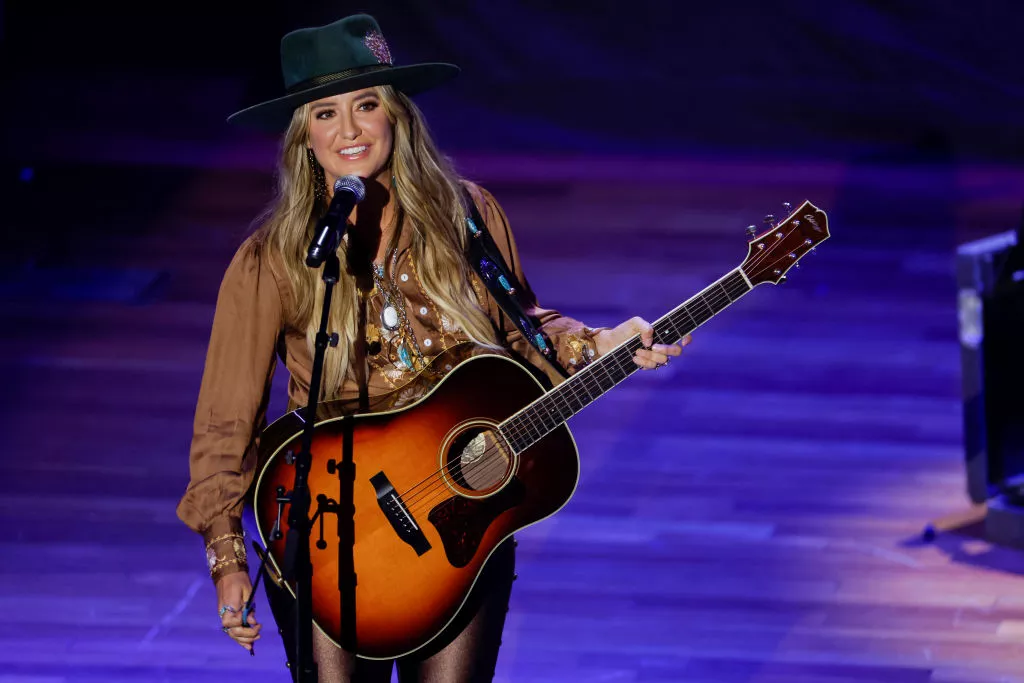In the realm of music, genres often serve as the compass guiding listeners to their preferred sonic landscapes. From pop to rock, classical to jazz, each genre carries its own distinct characteristics and fan base. Among these diverse genres lies a niche yet vibrant corner known as indie country music. This unique fusion of indie sensibilities and country roots offers listeners a refreshing take on tradition while embracing the spirit of innovation.
Defining Indie Country Music
To understand indie country music, it’s crucial to grasp the essence of both indie and country genres individually. Indie music, short for independent music, refers to music produced independently from major commercial record labels. It is characterized by its emphasis on artistic freedom, experimentation, and authenticity. On the other hand, country music has its origins deeply rooted in the rural landscapes of the American South. It often revolves around themes of love, heartbreak, resilience, and the everyday experiences of ordinary people.
When these two distinct genres intersect, they give birth to indie country music—a genre that embodies the rawness of indie music while retaining the storytelling traditions and musical elements of country music. Unlike mainstream country, indie country artists often have more creative control over their music, allowing them to explore diverse themes and experiment with unconventional sounds.
The Evolution of Indie Country
The evolution of indie country music can be traced back to the early 2000s when artists began to break away from the confines of mainstream country and explore alternative avenues for creative expression. Pioneers such as Ryan Adams, Wilco, and Lucinda Williams paved the way for a new generation of indie country artists by blending traditional country instrumentation with indie rock aesthetics.
As the digital age ushered in new opportunities for independent artists to distribute and promote their music online, the indie country scene experienced a surge in popularity. Platforms like Bandcamp, SoundCloud, and Spotify provided artists with the means to reach a global audience without the backing of major record labels.
Characteristics of Indie Country Music
At its core, indie country music is defined by its authenticity, sincerity, and willingness to challenge the conventions of mainstream country. While traditional country music often adheres to a set of predetermined themes and musical structures, indie country artists embrace a more eclectic approach, drawing inspiration from a wide range of influences.
Lyrically, indie country songs tend to be introspective and deeply personal, delving into the complexities of human emotions and experiences. Themes of love, loss, longing, and redemption are common, but indie country artists are not afraid to tackle controversial topics or explore unconventional narratives.
Musically, indie country incorporates elements of folk, rock, Americana, and even electronic music, resulting in a diverse sonic palette that defies easy categorization. Acoustic guitars, fiddles, banjos, and pedal steel guitars are often featured prominently, but they are combined with modern production techniques and experimental arrangements to create a sound that is both familiar and forward-thinking.
The Rise of Indie Country Artists
In recent years, the indie country scene has seen a proliferation of talented artists who are redefining the boundaries of the genre. From singer-songwriters to bands, these artists are pushing the envelope with their innovative approach to music-making.
One such artist is Sturgill Simpson, whose critically acclaimed albums “Metamodern Sounds in Country Music” and “A Sailor’s Guide to Earth” have earned him a devoted following and widespread acclaim. Simpson’s music blends traditional country storytelling with psychedelic flourishes and existential themes, creating a sound that is uniquely his own.
Another notable figure in the indie country scene is Margo Price, whose soulful vocals and poignant songwriting have garnered comparisons to country legends like Loretta Lynn and Dolly Parton. Price’s albums, including “Midwest Farmer’s Daughter” and “All American Made,” explore themes of poverty, addiction, and social justice, offering a candid glimpse into the struggles of working-class America.
The Future of Indie Country
As the landscape of the music industry continues to evolve, indie country music is poised to play an increasingly significant role in shaping the future of country music. With its emphasis on authenticity, creativity, and independence, indie country offers a refreshing alternative to the formulaic sound of mainstream country.
As more artists embrace the indie ethos and forge their own paths in the industry, the boundaries of indie country music will continue to expand, encompassing a wide range of styles and influences. Whether it’s through intimate acoustic ballads or raucous rock anthems, indie country artists will continue to challenge expectations and inspire listeners with their bold and innovative approach to music-making.
Conclusion
In conclusion, indie country music represents a convergence of tradition and innovation—a genre that honors the rich heritage of country music while embracing the spirit of independence and creativity. As listeners continue to seek out authentic and meaningful music experiences, indie country artists will undoubtedly remain at the forefront of the musical landscape, captivating audiences with their honesty, integrity, and passion.

